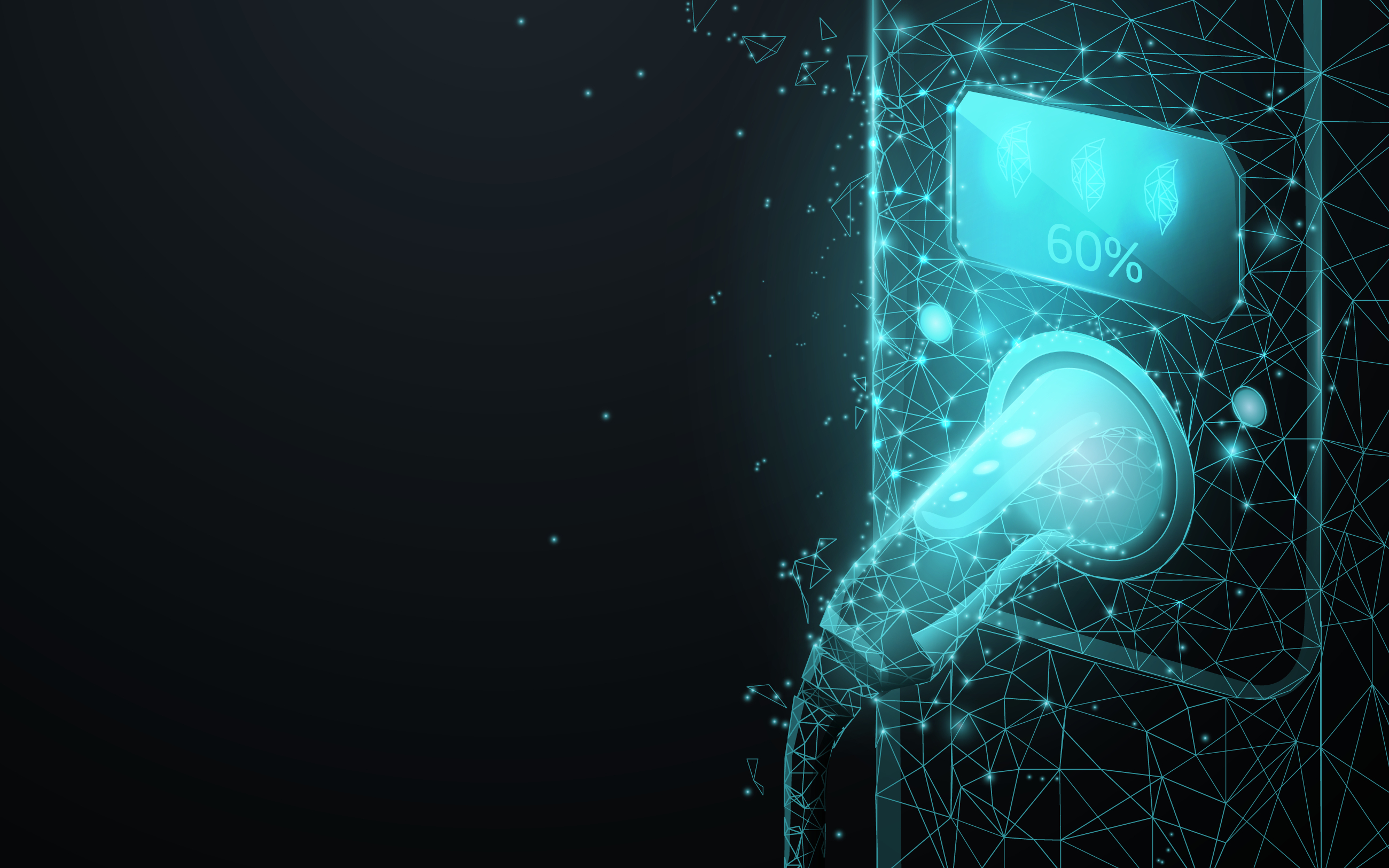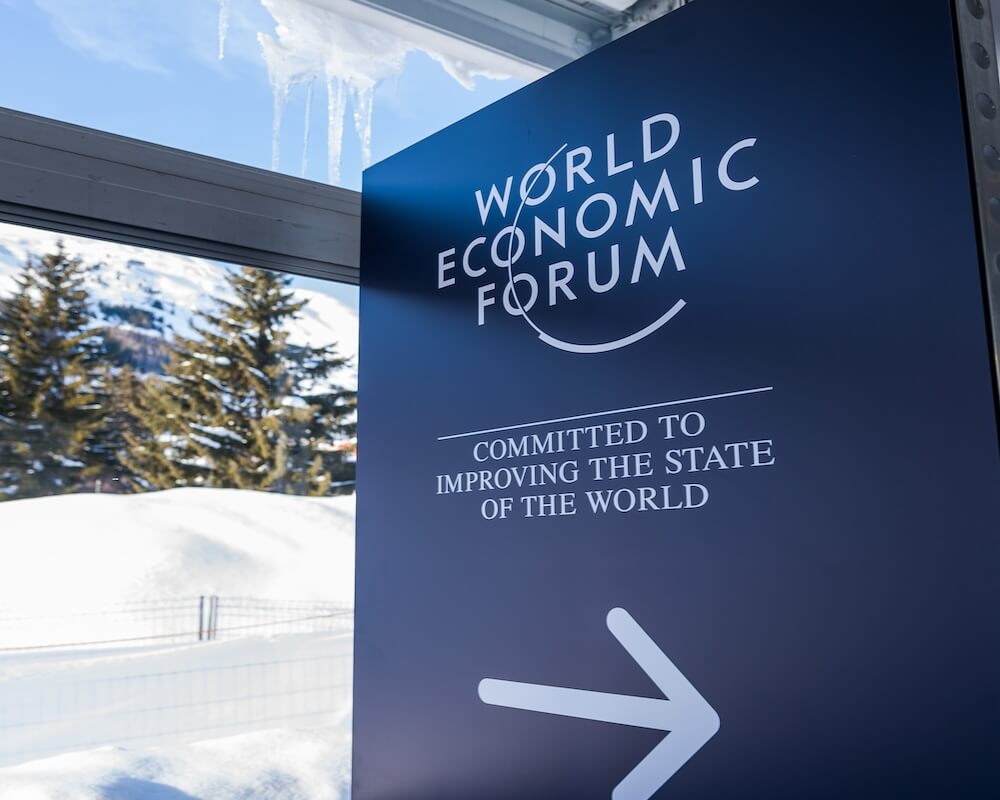
Posted March 10, 2023
By Ray Blanco
The Difference a Better Network Can Make
Alongside the high demand for the precious metals that are needed to develop and produce electric vehicle batteries, there are also issues concerning the amount of available charging for those batteries.
According to the US Department of Energy, there are over 50,000 charging stations across the country. You can see the layout of our country’s charging station on this map:

On this map, it certainly looks like there are a lot of charging stations. That’s because there are!
50,000 public charging stations available for use is a significant increase from just a few years ago, but there is still a need for more charging infrastructure to support the growing number of EVs on the road.
To compare, there are over 70,000 gas stations across the continental US.
Even by the map above, you can see there is a gap in charging station availability when you start to move out west before California.
And this map includes all charging stations, which isn’t a good representation of the full picture. Look what happens when you change the map criteria to DC fast-chargers only:

The number drops from over 50,000 to just over 7,000. So while you could make a cross-country trip in an EV, you might have to wait a few extra hours at a slower charging station.
DC fast charging stations can provide a significant charge in just 30 minutes or less, still way slower than it takes to fill up a gas tank on a combustion engine vehicle.
So, this presents one of the main challenges facing the EV charging network: the need for faster charging times.
Many EVs still take several hours to charge, even at the faster charging stations, which can be a barrier for drivers who need to quickly top off their vehicle.
As I mentioned briefly above, another challenge is the need for more charging stations in rural and remote areas.
This can make it difficult for EV drivers to take longer trips and travel to more remote destinations.
Despite these challenges, the EV charging network in the United States is continuing to grow, and there are many initiatives underway to support its expansion.
This includes efforts to increase funding for charging infrastructure, incentives for EV adoption, and partnerships between automakers, utilities, and charging network providers to accelerate the deployment of charging stations.
You also have companies like Tesla building proprietary chargers for its own vehicles.
Expanding Your Network
Indeed, American car buyers are increasingly choosing electric vehicles, so much so that EVs are expected to make up around 40% of all cars on the road by 2030.
Even still, that number would likely be higher if there were a more robust charging network available.
Would-be buyers are put off having to map out different routes for daily commutes or road trips to make sure they’ll be able to find charging stations, let alone fast-charging stations.
For Tesla’s market, the EV leader has started to fill a few of these gaps.
The company has opened a handful of its U.S. fast chargers to non-Tesla vehicles for the first time as part of a 17-country pilot that is now in the U.S., Europe, and Australia.
From The Wall Street Journal:
Tesla told the Biden administration it would open 3,500 pieces of equipment to drivers of all kinds of EVs by the end of next year. That move represents about 20% of its existing Supercharger network, though the company is outpacing all other networks combined in adding new fast chargers, according to government data.
The U.S. is trying to create a spider web of fast chargers that can repower cars in about 30 minutes. The moves are an attempt to ease “range anxiety,” the name given to the stress that drivers may have about running out of juice on longer road trips.
While it’s good that Tesla is building out a wider charging net, Tesla isn’t the only EV maker on the block.
Luckily, the Bipartisan Infrastructure Law provides $7.5 billion to jump-start the broader charging station build-out.
$7.5 billion is quite a large amount of funding for the nascent charging industry too...
So, the work is getting underway, hopefully, with the federal cash charging station builders will be able to keep up with the demand for EVs in terms of charging locations.
Additionally, the technology around charging stations will likely improve over the years.
What takes 30 minutes to top off an EV might be reduced to 20 minutes, then 10, and so forth in the coming years.
Now, before I go, I’d love to hear back from you on this. Do you own an EV? Are you ever worried about where you’ll find a charging station when you’re out? Are you interested in buying an EV but hesitate due to the current state of the charging network? Drop me a line and let me know here: feedback@technologyprofits.com

